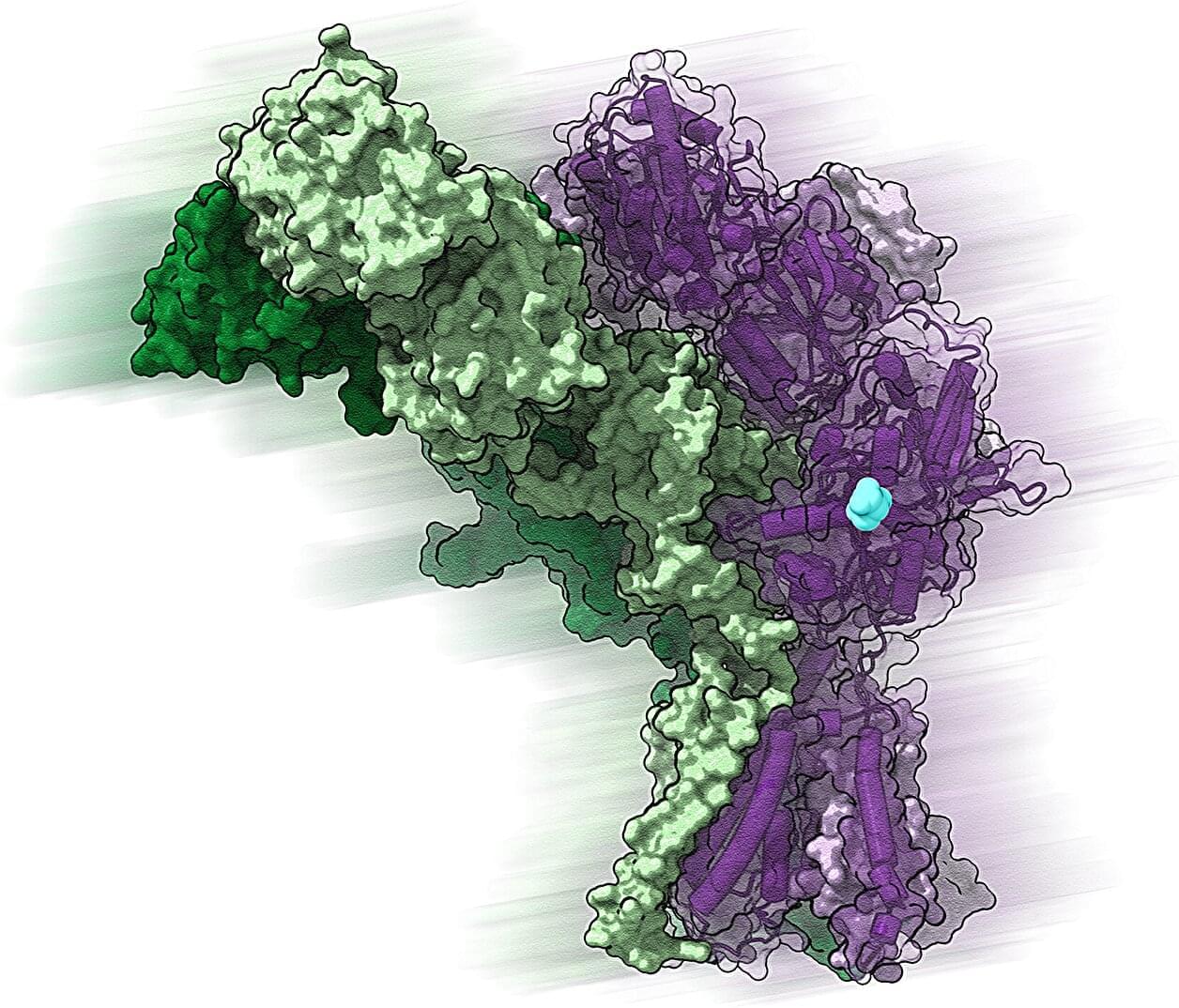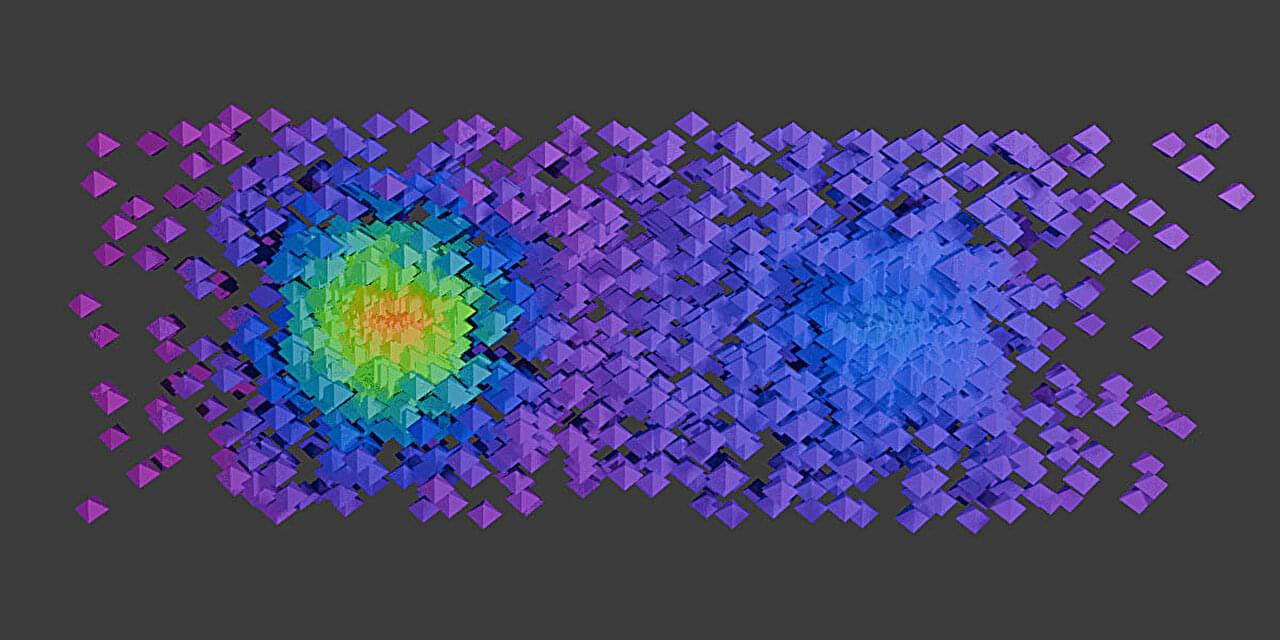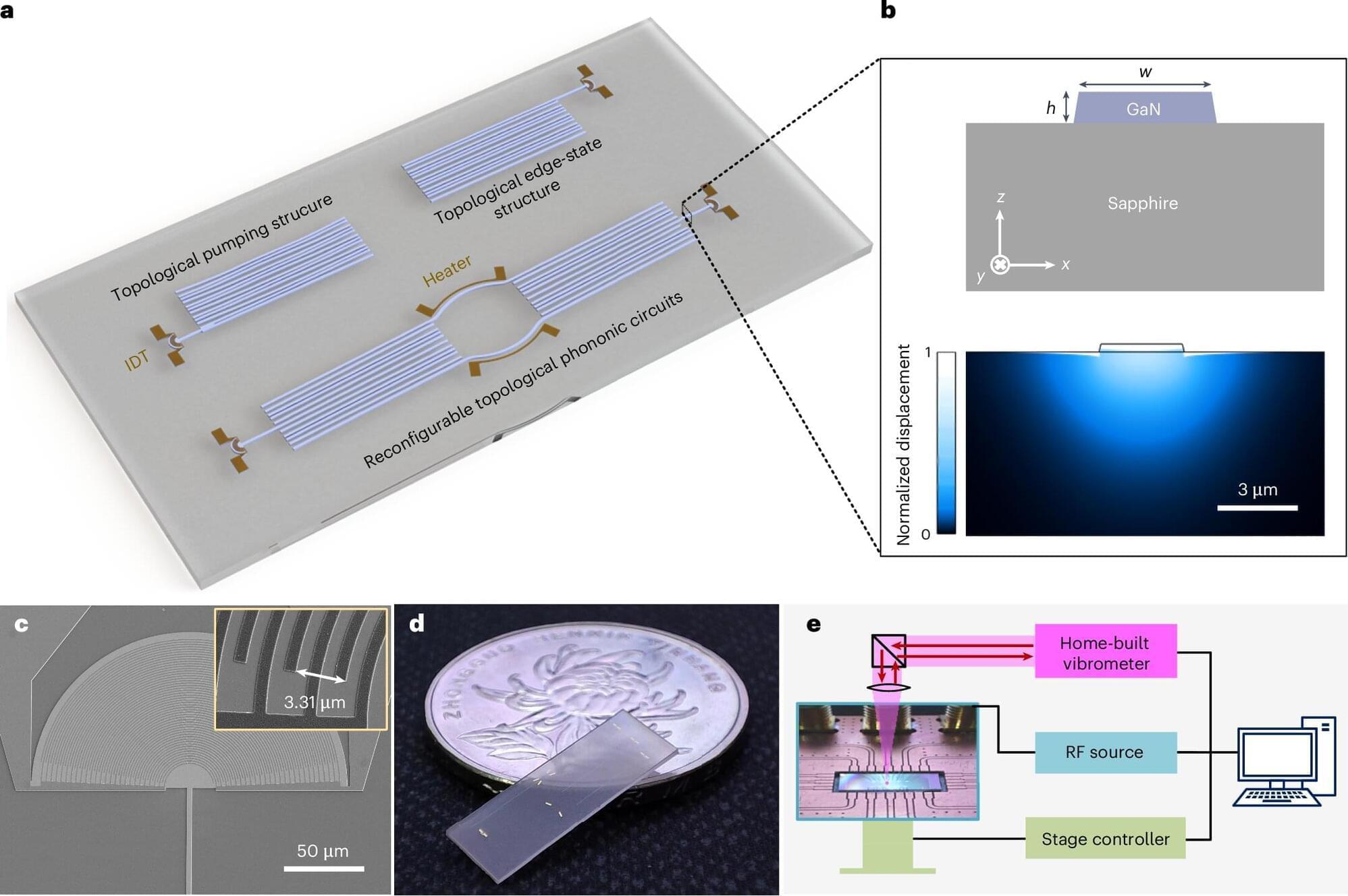Young adult “night owls” (or “evening types”—those who prefer to stay up late) are significantly more at risk of developing problematic relationships with smartphones and social media, according to a new study.
Problematic smartphone use is characterized by anxiety when separated from one’s phone, neglecting responsibilities in favor of phone use, and compulsively checking notifications. Social media addiction is similarly marked by excessive, uncontrolled usage that interferes with daily life.
Nearly 40% of U.K. students are now believed to exhibit signs of social media addiction, with young women at particularly high risk. Past research has linked eveningness to a range of adverse outcomes, including poor sleep quality, depression, and addictive behaviors. But until now, no study has investigated the mechanisms underlying the link between being an evening person and problematic technology use.









